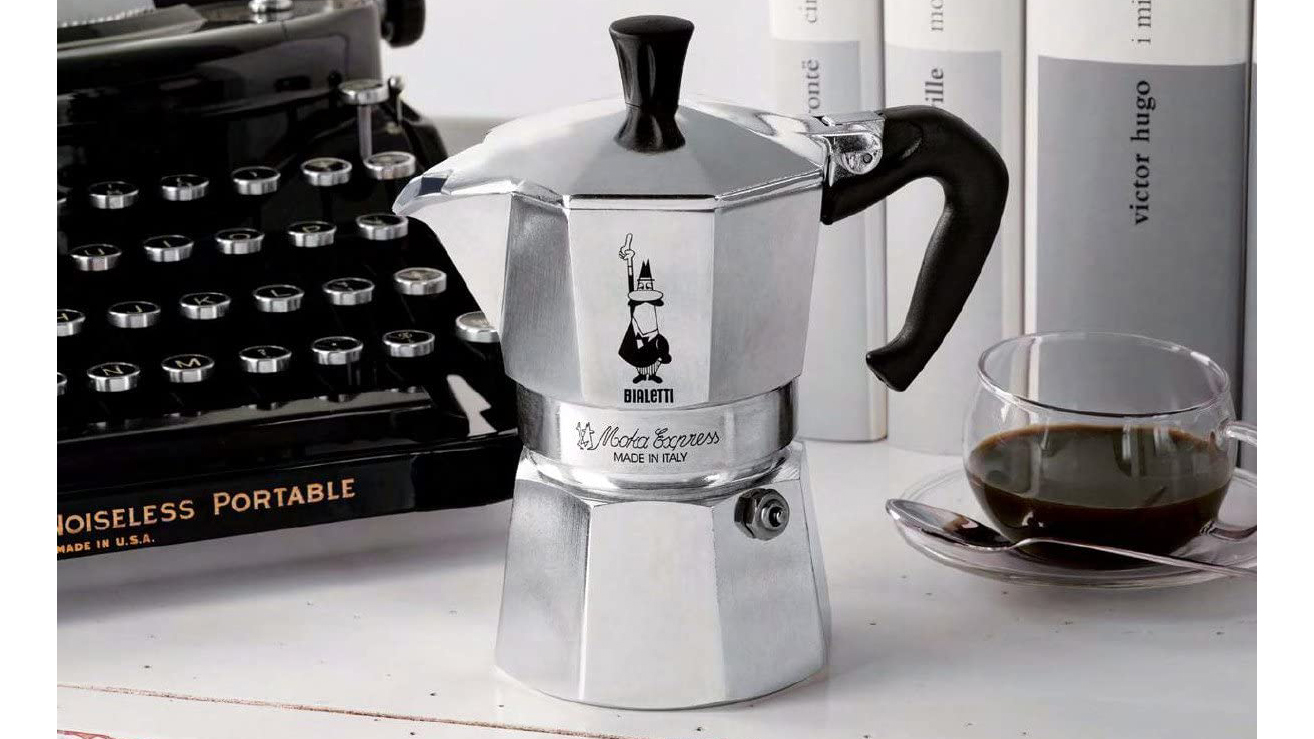
When it comes to choosing the best coffee machines to buy we’re all rather spoilt for choice, with all manner of automated options to suit any kind of budget. However, in our haste for a fast and fuss-free brew in the time poor world that we live in it’s easy to overlook one of the most under-rated coffee machines out there: the best percolator.
I’ve had a coffee percolator in the back of the kitchen cupboard for years and had actually forgotten all about it until lockdown came around for the second time. I rediscovered the ancient coffee brewing gizmo while picking through a cupboard full of past-its-best loose coffee. The oddly-shaped percolator needed a good clean, but it was still usable.
After purchasing some fresh coffee and giving the old percolator a much-needed spruce up I was soon enjoying some real quality coffee. The process for brewing, or percolating coffee is a little more sedate, but the results will certainly appeal to bean aficionados. The taste is deep, rich and strong. It takes a little longer but good things come to those who wait, right?
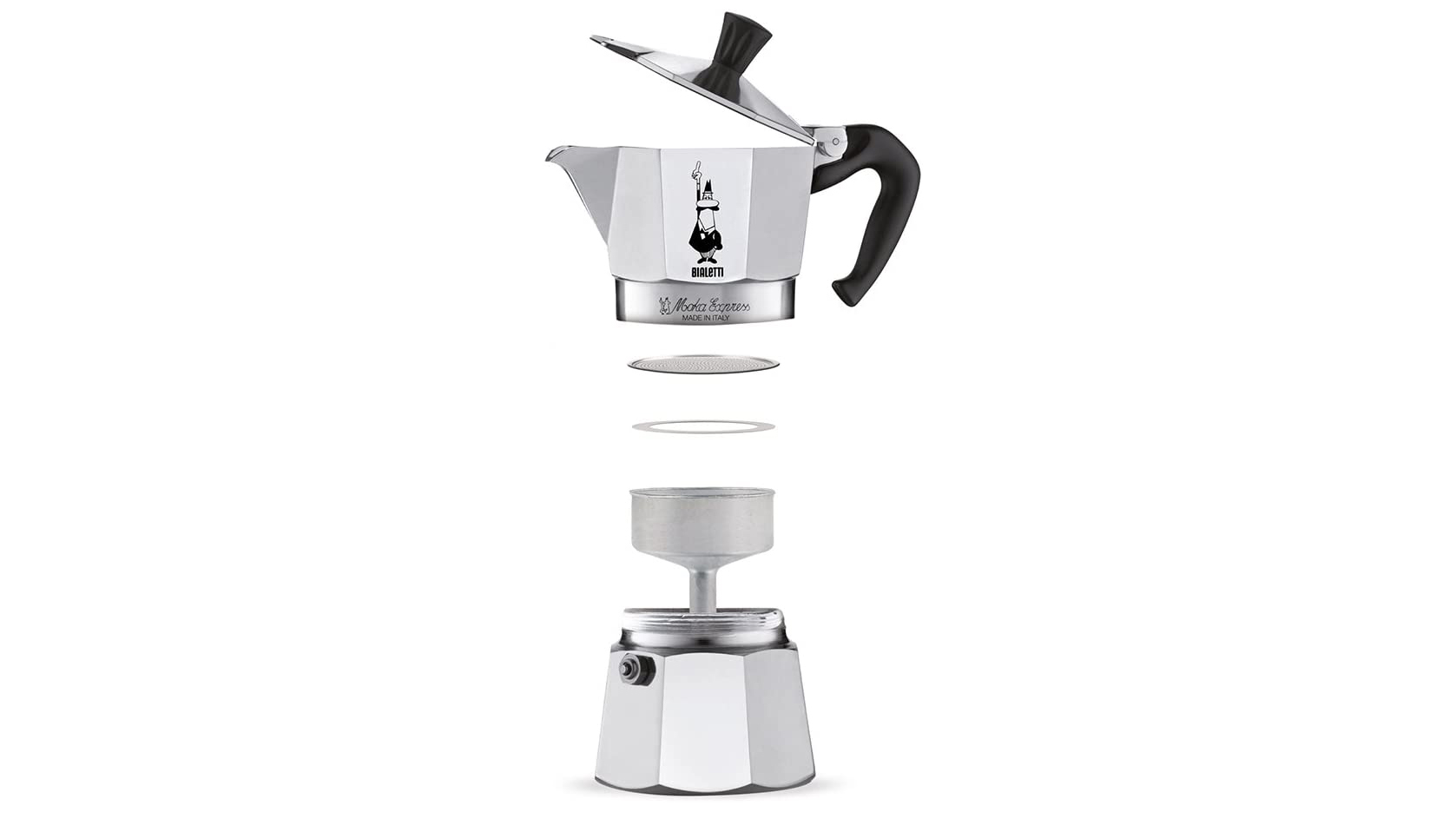
What is a coffee percolator?
So what are these oddball contraptions that look like something you’d see on Antiques Roadshow? To be honest, the one I dug out from the back of my kitchen cupboard was pretty much a family heirloom. It’s got dents in the quaint aluminium casing, scratches, and dings and, initially, looked like something might have been living inside it.
However, after an hour’s worth of TLC the percolator was ready for service. But, as visitors often ask when they clap eyes on it, what exactly is a coffee percolator? And why would anyone want one when we have ‘proper’ coffee machines that can make any kind of coffee, often at the touch of a button.
Coffee percolators have been around, quite literally, for many years, with earliest examples appearing in the late 1800s. The everyday design of the percolator has remained relatively unchanged in that time too, with a pretty simple but ingenious construction that features a coffee pot-style shape. There’s water in the bottom and fresh coffee grounds in the top.
Quality coffee is produced by boiling the water in the bottom half of the unit on a stovetop or hob – some are even electric incidentally, which then rises up through an internal tube and is then slowly dripped over the coffee grounds contained in the top section of the percolator. The result is a slow-brewed cup of coffee that is produced in low volume, but it’s very much a case of quality over quantity.
Sign up to the T3 newsletter for smarter living straight to your inbox
Get all the latest news, reviews, deals and buying guides on gorgeous tech, home and active products from the T3 experts
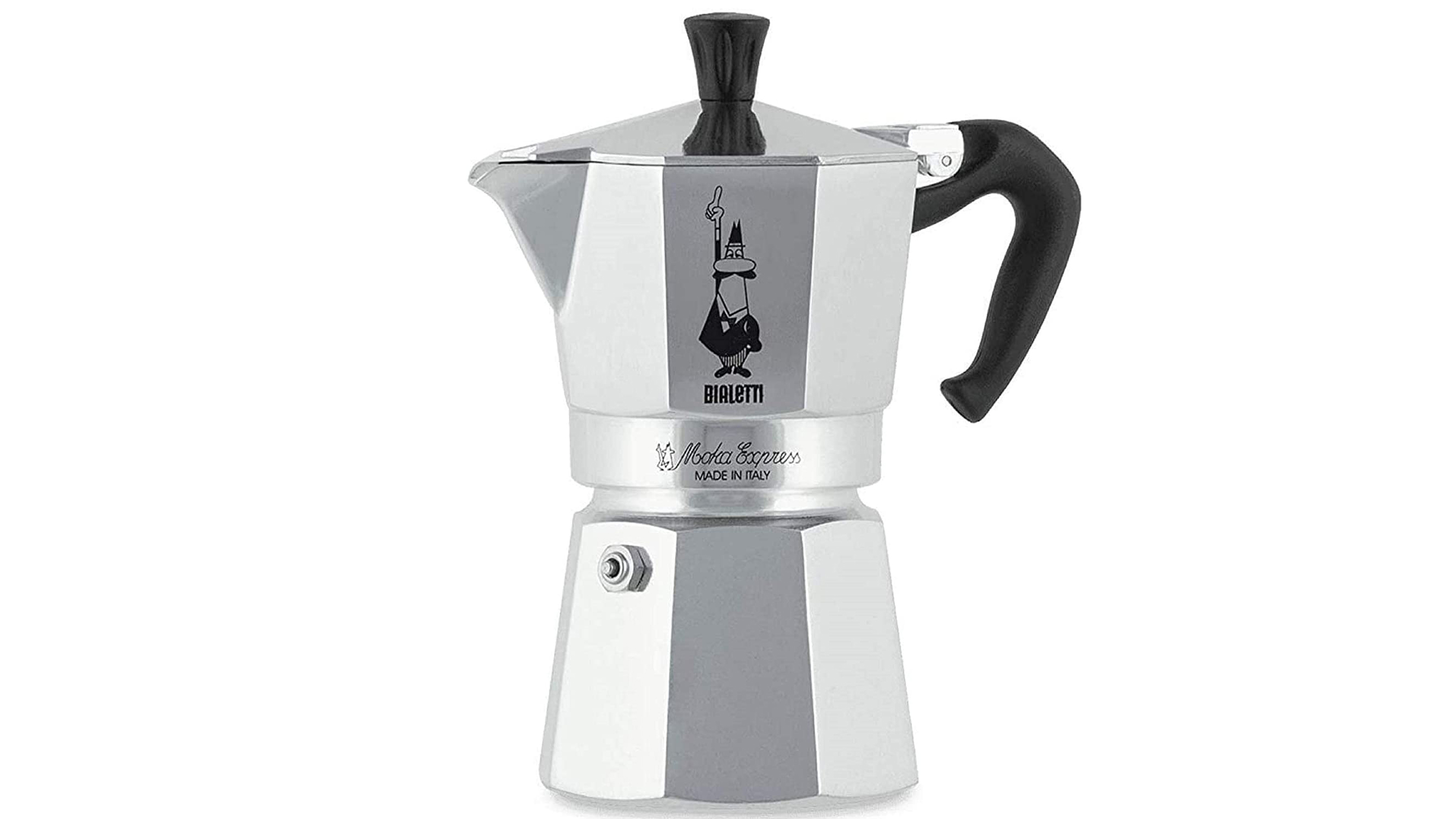
Why buy a coffee percolator?
The humble coffee percolator often gets bypassed these days as people convince themselves that they're better off with a fully automated pod coffee machine. While there’s no doubt that pods and the various other forms of best coffee machine have their place in today’s kitchens – or anywhere else you want to make coffee for that matter – there’s a certain charm to an old-school coffee percolator.
What’s more, coffee percolators are great value as they’re really affordable, with models to suit all budgets. They’re also really easy to use, which isn’t something you can level at a few of the automated coffee machines out there. Indeed, the coffee percolator can be figured out by anyone, plus there’s no crazy waste with an absence of capsules, pods and all of that other baggage that comes with automatic coffee machines.
Adding extra appeal is the simplicity of the design. A coffee percolator basically has nothing to go wrong plus it’s easy to keep clean and should last a lifetime. Reversing the car over it might kill a coffee percolator, but they’re otherwise nigh on indestructible.
That’s probably why mine was still looking so serviceable after being in the cupboard for goodness knows how many years. You know what though? Much as it was still very much ready for business, I’ve been keen to see how the coffee percolator has moved on in recent years.
So, I’ve bitten the bullet and invested in a Bialetti Moka Express Aluminium Stovetop Coffee Maker, which is an Amazon Choice offering and a well-respected Italian brand to boot. The design is suitably retro and emulates the unit pulled from my cupboard. However, the build quality is excellent, the aluminium nice and shiny and, naturally, the coffee it produces is as fresh and tasty as it gets. It can even manage four-cup servings in one go, which is even better.
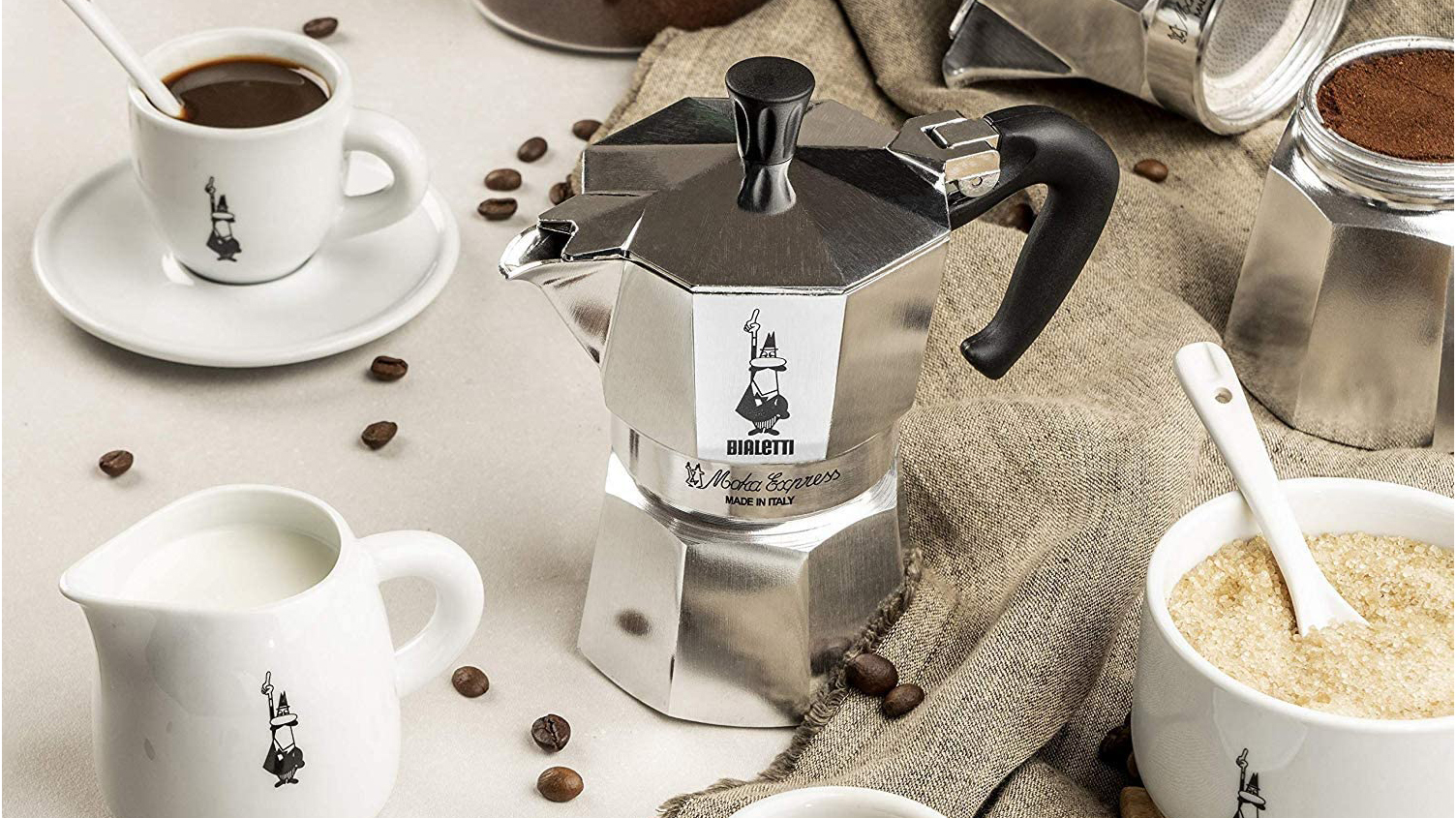
Stovetop or electric percolator?
I’m rather smitten with the old-school charm of my stovetop percolator, but that’s not to say the electric models you can get aren’t worth a look too. However, non-electric stove or hob-mounted models come with lower price tags and there’s a certain charm to the way they work. It’s more of an experience if you like.
Important: please note that in most cases, stove-top percolators won't work on induction hobs. Make sure you either buy one that specifically says that it is induction-friendly, or you'll have to purchase an adaptor. This is essentially a disc of metal, sometimes with a helper handle, that sits on your induction hob and heats up, so you can then heat up your percolator.
An electric percolator is worth a look if you don't mind spending a little more money and want that little bit more convenience. Conversely, you won’t be able to bung the unit in the dishwasher, although electric percolators often have the capacity to produce larger amounts of quality coffee. Generally speaking, for either example, prices increase as the capacity of coffee they can produce goes up.
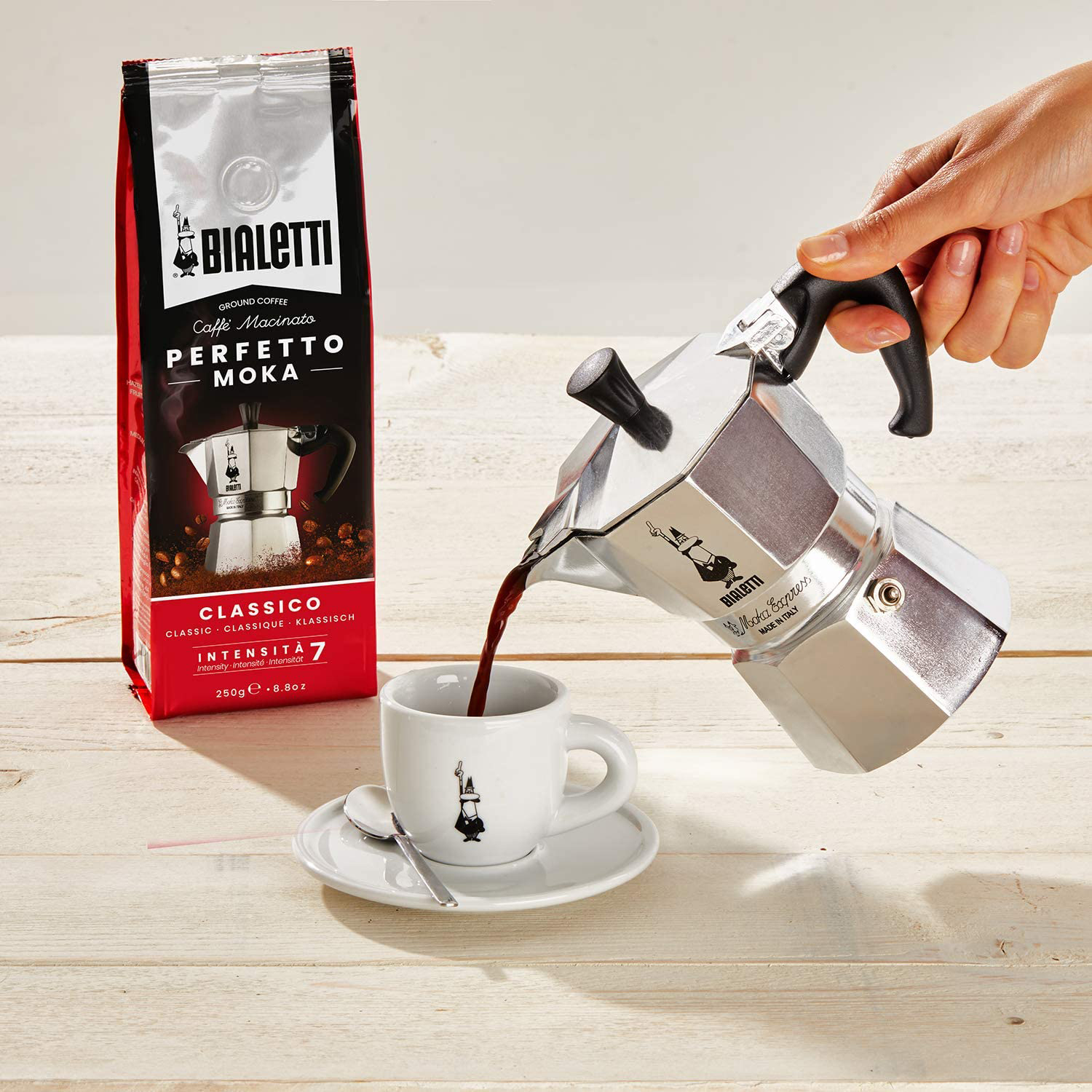
Beans and brewtime?
Coffee can be a subjective experience and everyone has his or her own take on what’s hot and what’s not. However, generally speaking coarse-ground coffee beans are seen as the best route to take for brewing better percolated brews. You may find that it takes a little bit of experimentation in order to get your coffee just right.
It might be that you’re more interested in an espresso in the mornings, in which case you’ll probably want to try a finer grind of bean on your stovetop machine. The general rule of thumb is to work with a 1:1 mix of coffee and water per each cup of coffee although percolating allows you to customise the results to suit your own taste.
Whatever the brew you favour, you’ll also need to give your percolator time to do its job. Coffee can be produced in about a quarter of an hour, but the best results seem to come if you're not in a hurry. There’s something about the laid-back ritual of using a coffee percolator that not only means you slow down while you're preparing yourself for the brew, but the anticipation also makes it another part of the coffee-drinking experience.
Electric percolators are often quicker at getting the job done but, for me, I’m happy to wait that little bit longer for my stovetop brew. I’m gonna hang on to my old coffee percolator – it actually looks great sitting on a shelf in the kitchen, as opposed to locked away in a cupboard gathering dust. But, there’s no doubt that the Bialetti Moka Express is a brilliantly up-to-date take on a classic idea. And the coffee? Well, just wow!
Rob Clymo has been a tech journalist for more years than he can actually remember, having started out in the wacky world of print magazines before discovering the power of the internet. Since he's been all-digital, he has run the Innovation channel for a few years at Microsoft, as well as turning out regular news, reviews, features and other content for the likes of Stuff, TechRadar, TechRadar Pro, Tom's Guide, Fit&Well, Gizmodo, Shortlist, Automotive Interiors World, Automotive Testing Technology International, Future of Transportation and Electric & Hybrid Vehicle Technology International. In the rare moments he's not working, he's usually out and about on one of the numerous e-bikes in his collection.
-
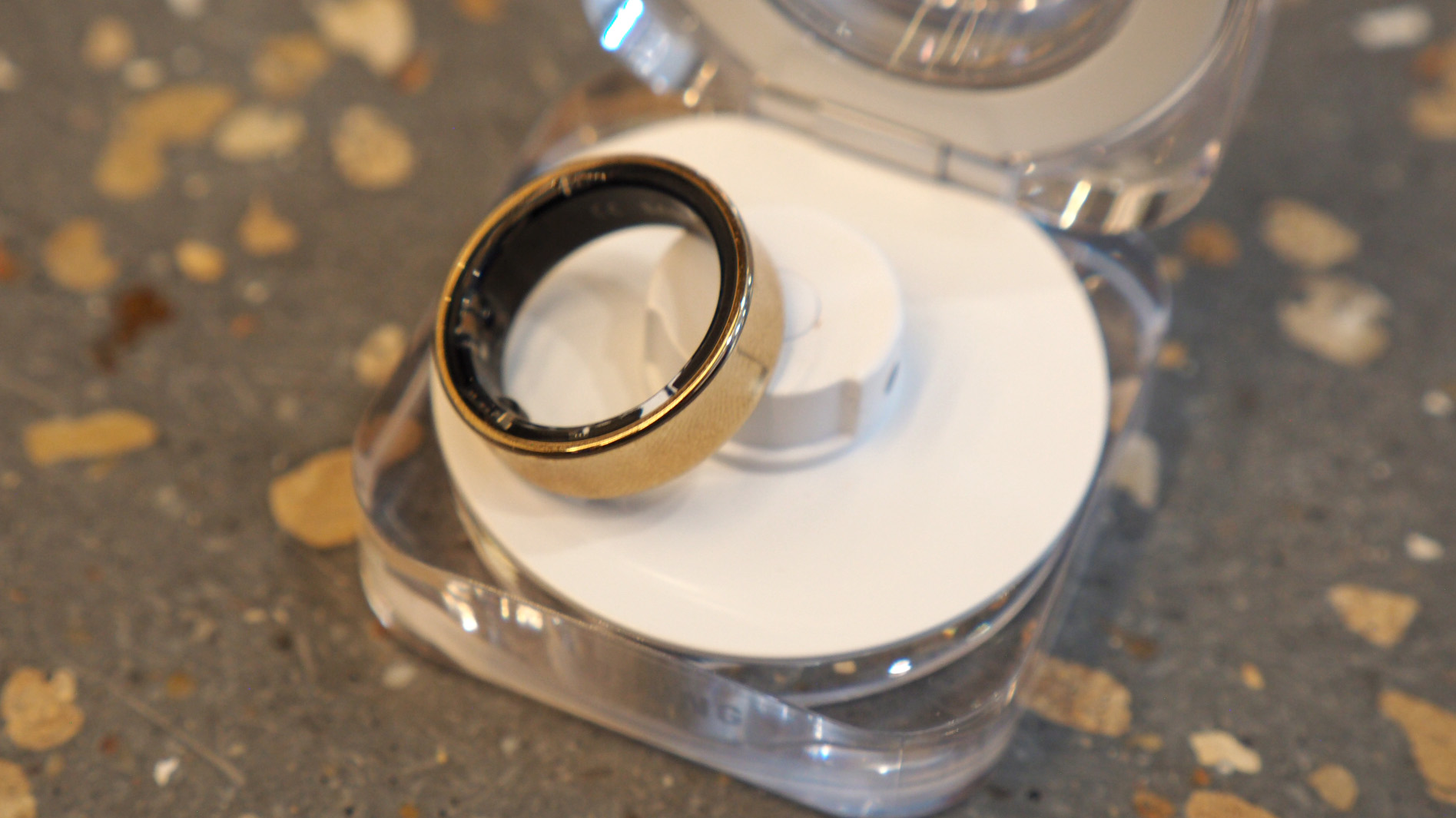 In the future, you might never have to take off your Galaxy Ring to charge it
In the future, you might never have to take off your Galaxy Ring to charge itA newly uncovered patent reveals Samsung is working on a wearable charger for its Galaxy Ring, and it makes a lot of sense
By Matt Kollat
-
 Google just added a new Gemini video creation tool I never knew I needed
Google just added a new Gemini video creation tool I never knew I neededGemini Advanced just added Veo 2 video generation
By Mike Lowe
-
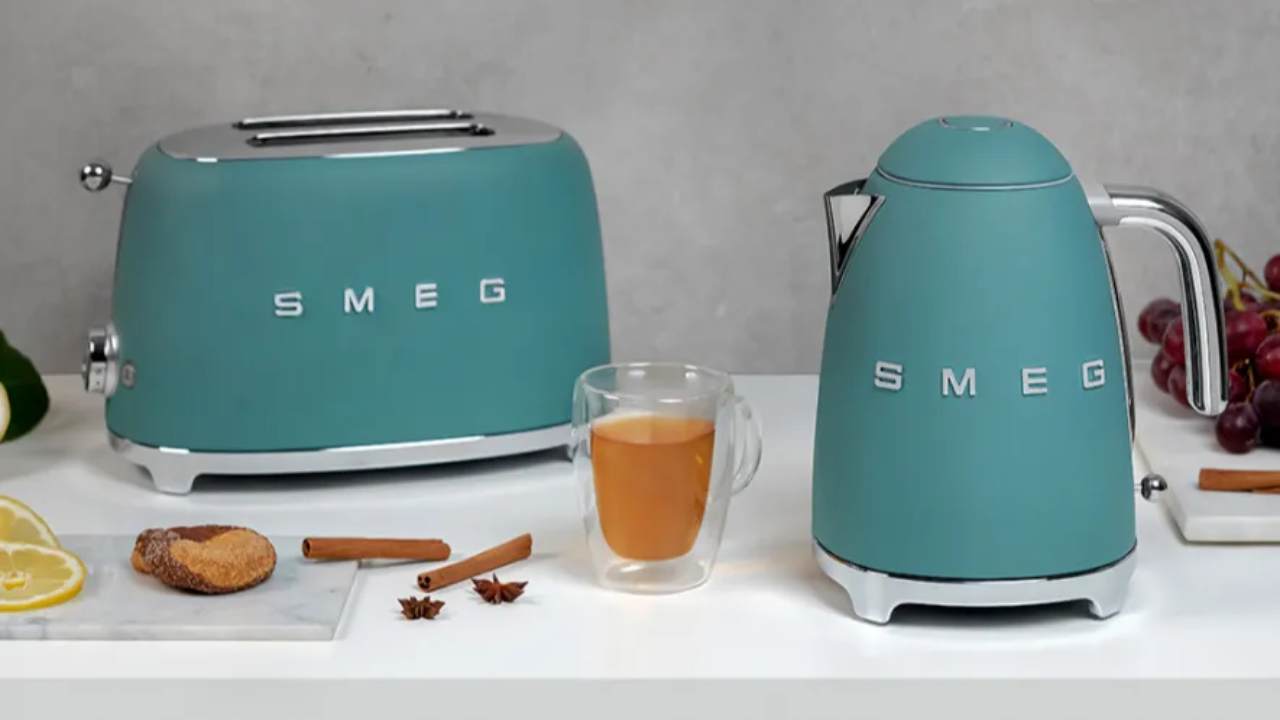 Forget Pantone – Smeg’s Colour of the Year kitchen appliances might be my favourite yet
Forget Pantone – Smeg’s Colour of the Year kitchen appliances might be my favourite yetSmeg reinvents its toaster, kettle and scales with a new jade green colourway
By Bethan Girdler-Maslen
-
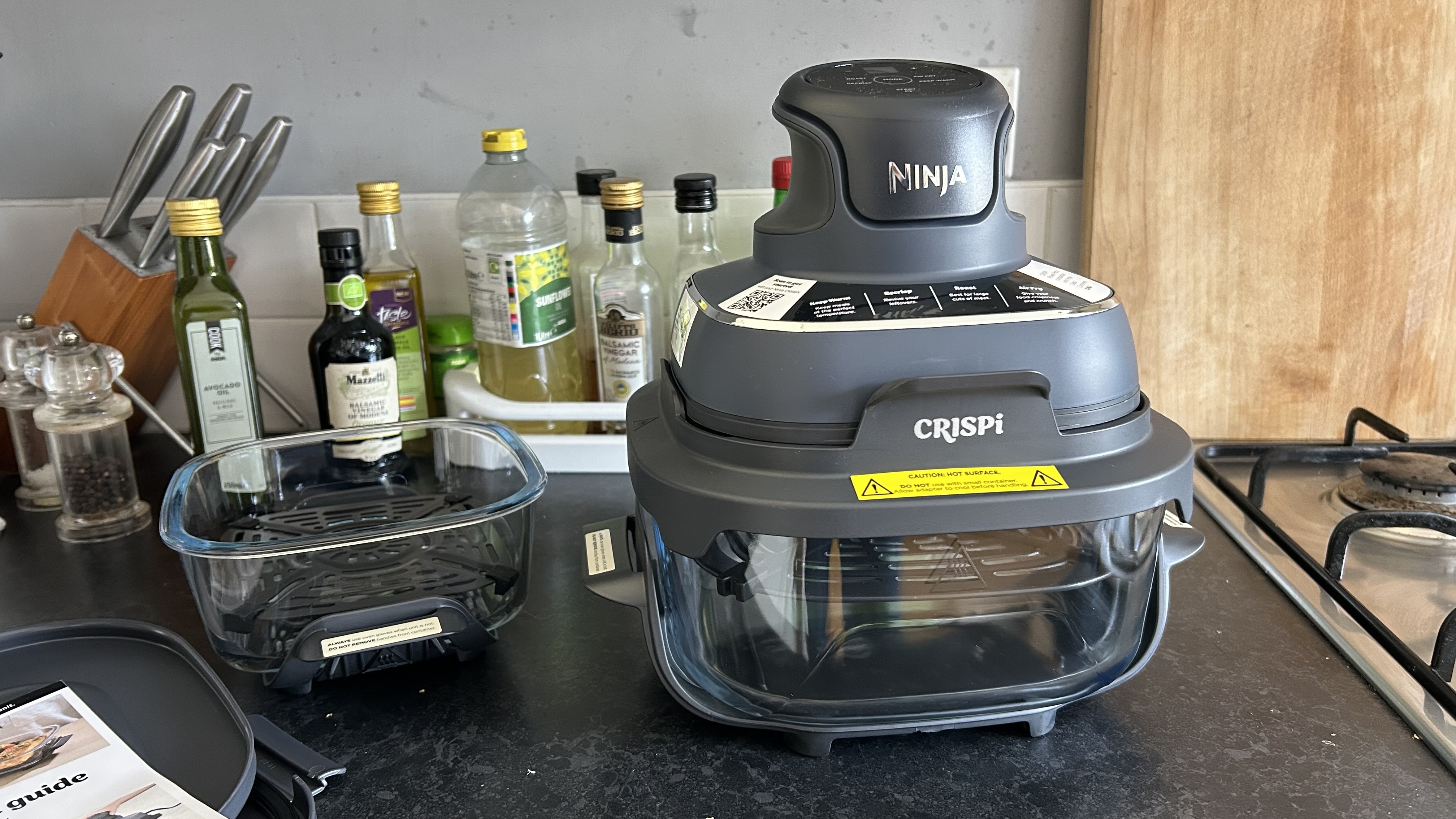 I couldn’t wait to review the Ninja Crispi portable air fryer and it doesn’t disappoint
I couldn’t wait to review the Ninja Crispi portable air fryer and it doesn’t disappointFour different cooking modes and the bonus of glass dishes makes the portable Ninja Crisp a real hit
By Rob Clymo
-
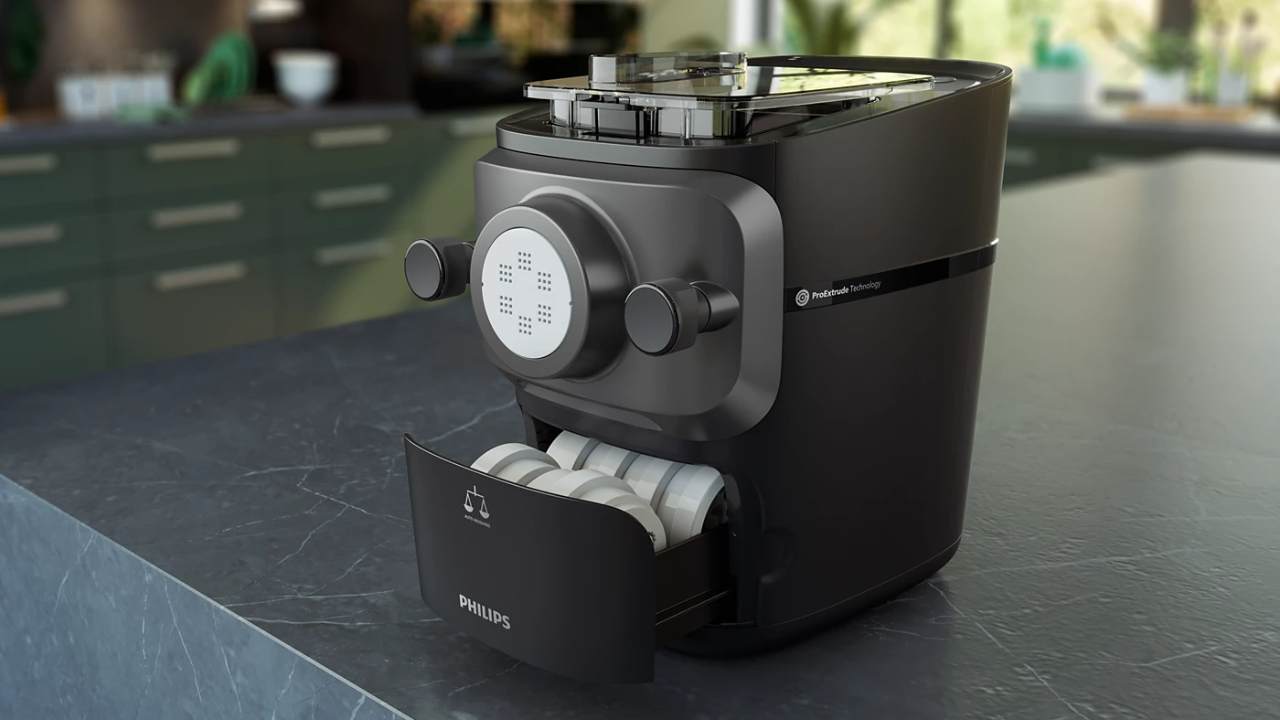 This Philips pasta maker weighs, kneads and rolls the dough for you – it’s a must for my kitchen
This Philips pasta maker weighs, kneads and rolls the dough for you – it’s a must for my kitchenThis might be the most advanced pasta maker I’ve ever seen
By Bethan Girdler-Maslen
-
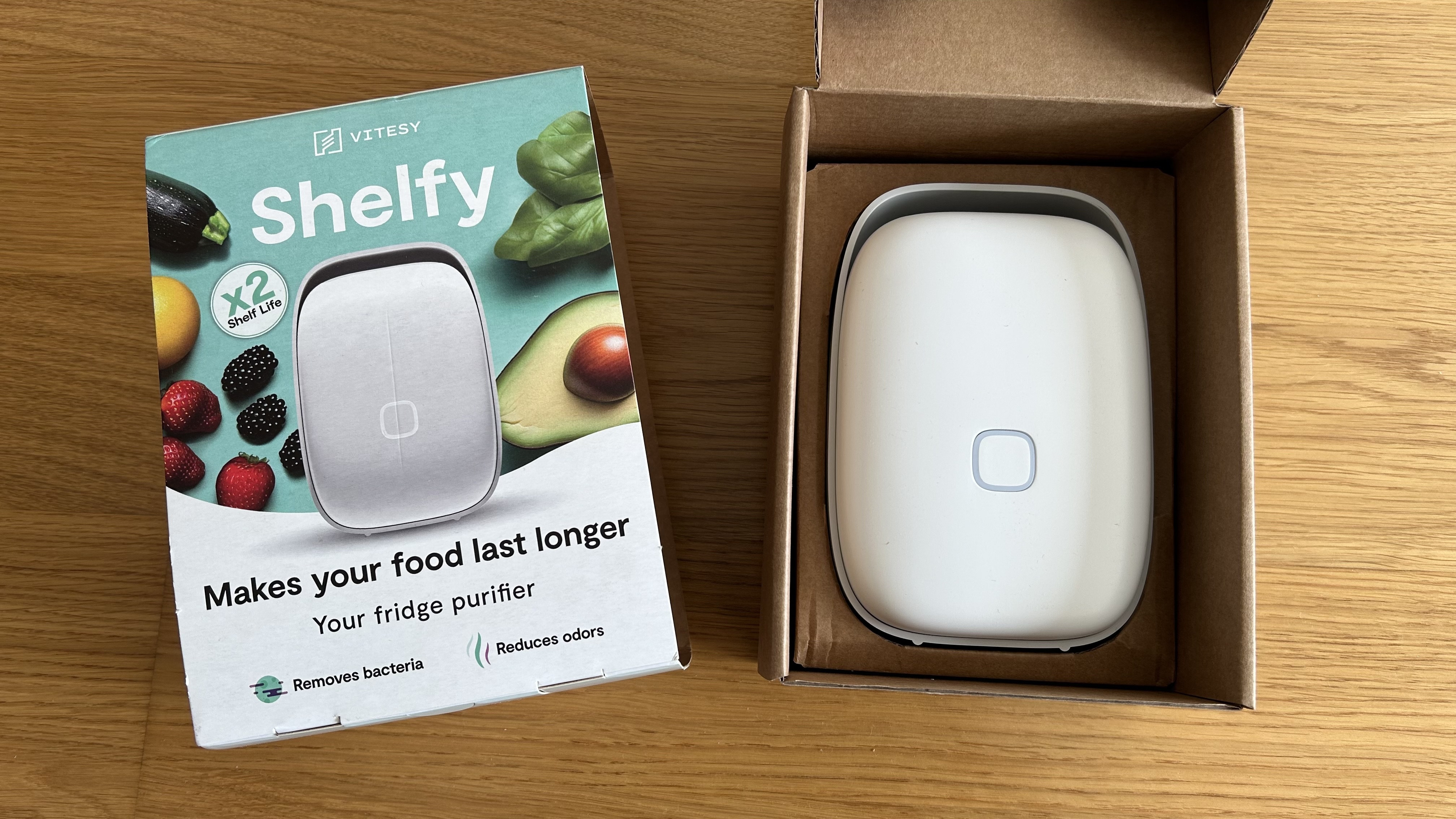 Vitesy Shelfy review: gives your fridge the feelgood factor
Vitesy Shelfy review: gives your fridge the feelgood factorThis smart home gadget can help optimise refrigerator performance, get rid of nasty niffs and make food last for longer
By Rob Clymo
-
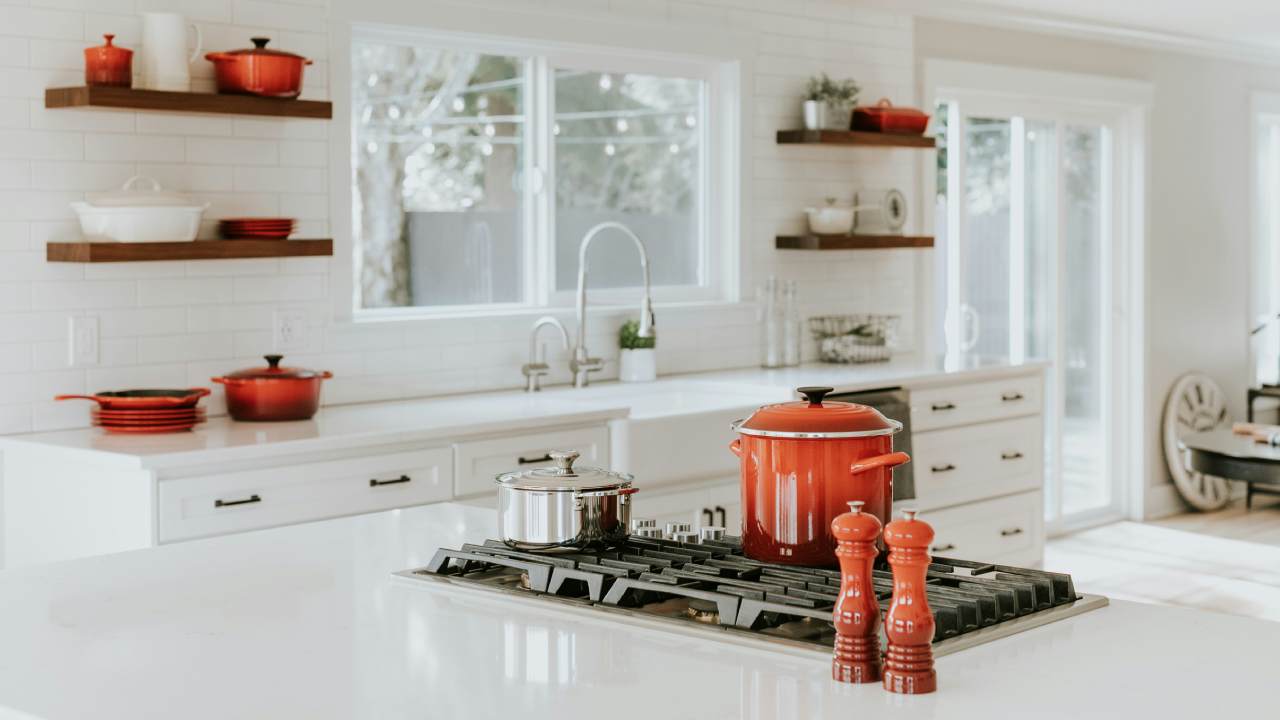 5 kitchen storage mistakes you need to stop making
5 kitchen storage mistakes you need to stop makingDoes it really matter where you keep your appliances? Turns out, yes…
By Bethan Girdler-Maslen
-
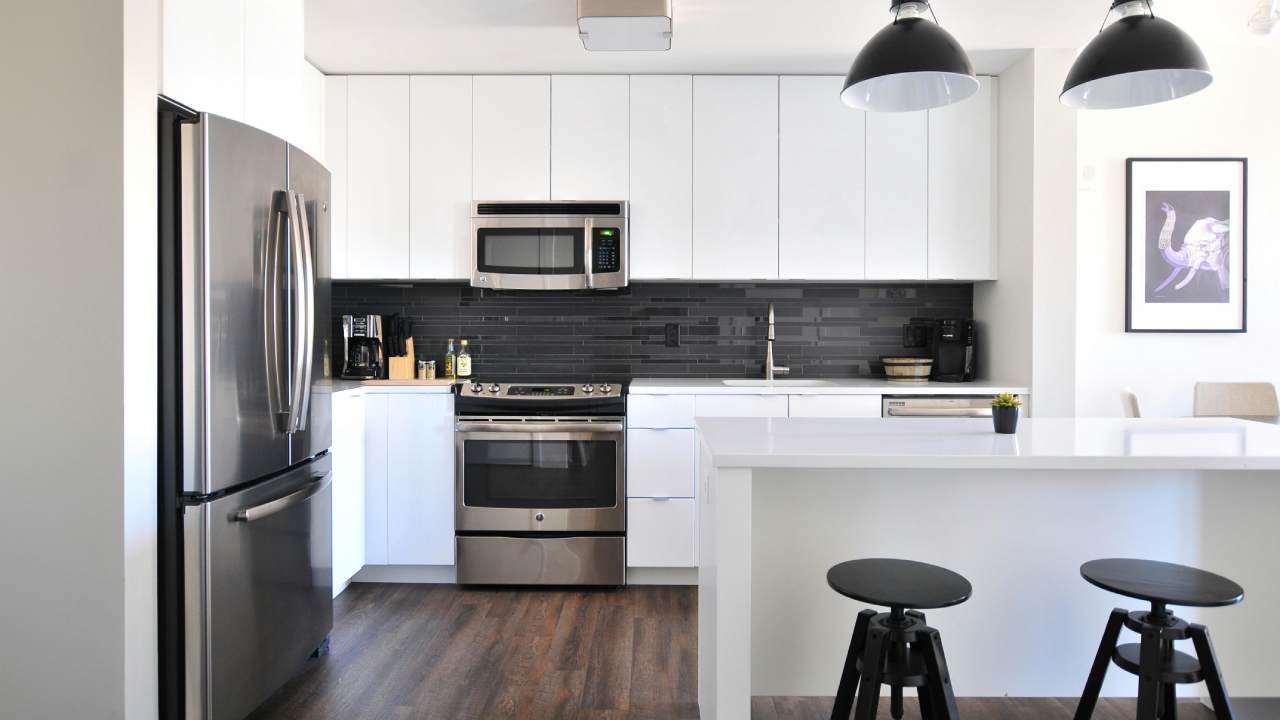 I’m a kitchen expert – these are the 7 kitchen trends I expect to see in 2025
I’m a kitchen expert – these are the 7 kitchen trends I expect to see in 2025From shrinking air fryers to AI cameras, here are the kitchen trends I want to see next year
By Bethan Girdler-Maslen
-
 Samsung announces new AI home screens for its smart fridges and laundry appliances
Samsung announces new AI home screens for its smart fridges and laundry appliancesSamsung previews its CES launches, including new AI Home screens
By Bethan Girdler-Maslen
-
 Nutribullet Flip review: a powerful, portable blender for smoothies on the go
Nutribullet Flip review: a powerful, portable blender for smoothies on the goCan this portable, insulated blender live up to its promises of powerful smoothie blitzing on the go?
By Lee Bell
